Started on a new project this weekend, DML's kit #6460 Sdkfz 166 Stu.Pz. IV "Brummbar" Mid Production with Atak zim and MK workable tracks.
A new project means starting at the beginning...so as you would expect with a Dragon Pz IV kit, Step 1 meant spending a lot of time on the sprockets, idlers, return rollers, and road wheels. I found a reference pic of one of the 3 vehicles the kit markings provide for, the Command version #1, and used that as a guide to decide on the style of idlers and return rollers. All of the road wheel halves had their mold seams sanded away with a sanding stick but left unassembled to make it easier to paint them later on.
I also assembled a short run of 8 links of the MK set to double-check the spacing on the sprockets, idlers, and return rollers to make sure everything would play nice later on as well.

Step 2 deals with the rear hull plate and I installed that to the lower hull first and then added the details to avoid issues with stuff getting in the way of a good join. Some light sanding at the base of the plate was all that was required to get a good fit with the weld seam line there. The Atak zim panels for the rear were added using Gator Grip glue and regular liquid glue around the edges to tack things down where needed. I opted for the heavy-duty towing hitch since that was a regular feature on Pz IV chassis at the time the Mid version of Brummbar's were built.
Step 3 deals with the hull front and the addition of the final drive front base plates. It's a good idea to install the nose plate first and then add the final drive plates after as they are a tight fit due to the small bolt detail on the one side of the drive plates. The tow points were added and the pins needed some trimming to fit correctly in the openings. Once that was set, I added the bolt-on armor plate for the nose underside from Step 6 and the installed the zim panels. Some slight putty work was needed between the joins on the two plate panels, easily taken care of with some Squadron White putty and a little sanding.
Next up will be the suspension and lower hull sides.














































